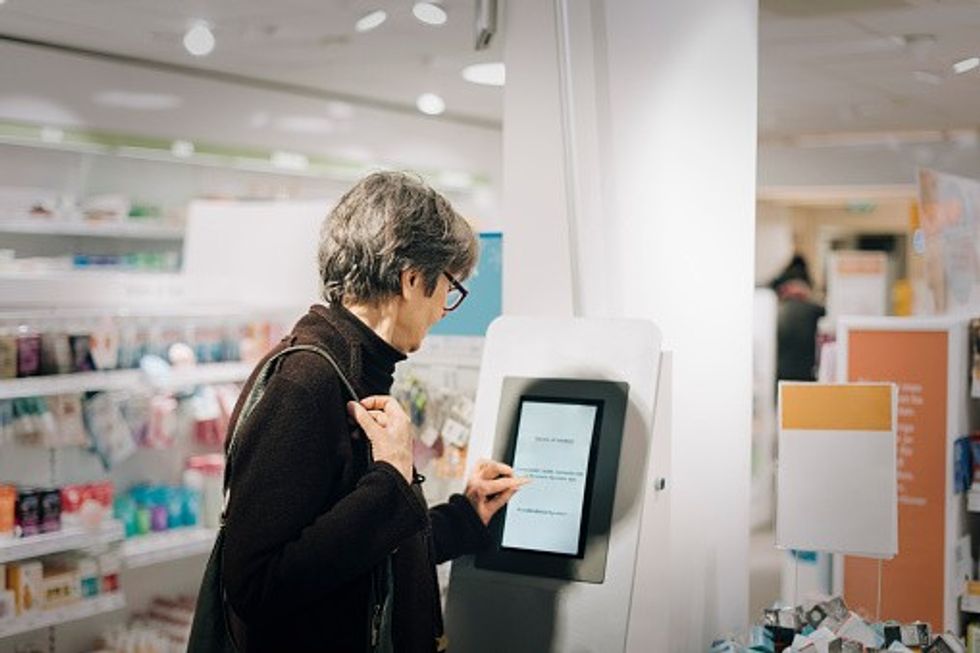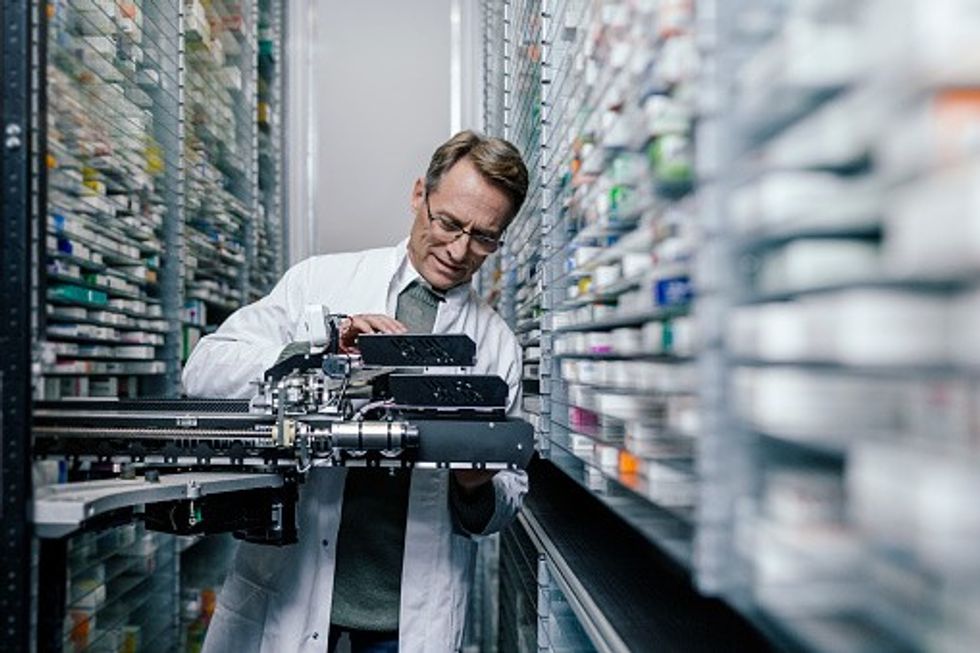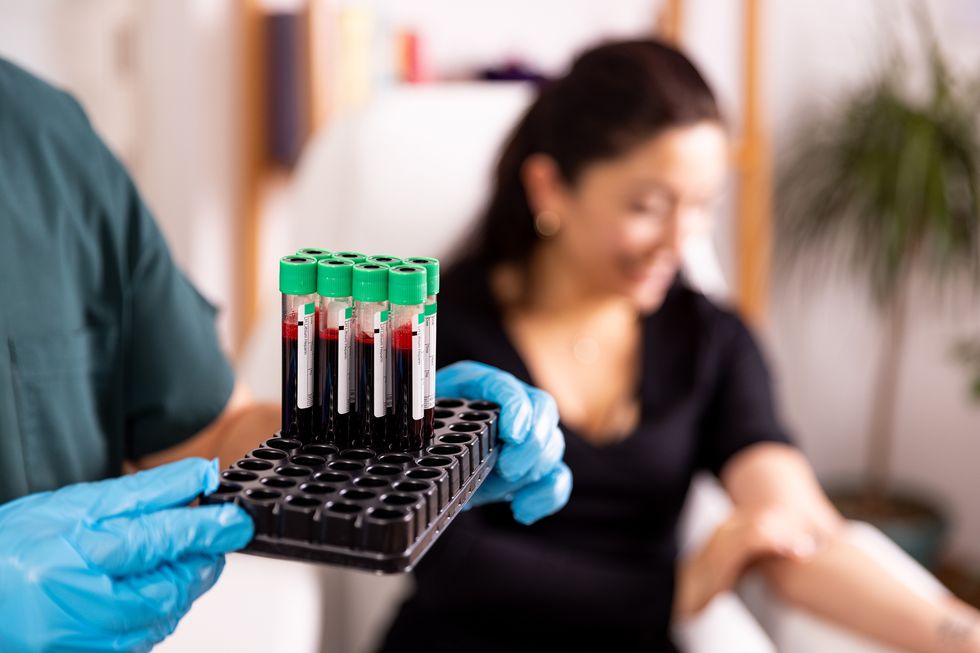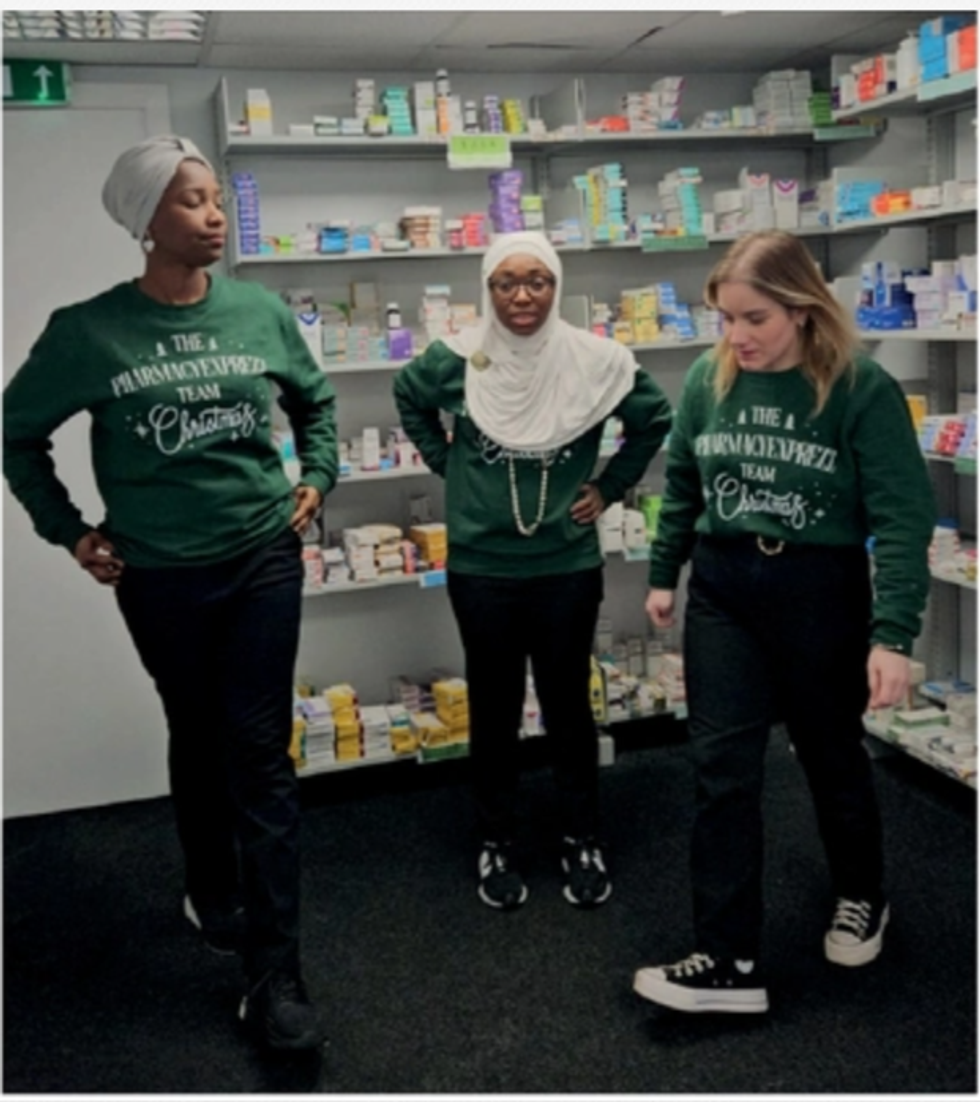The hub and spoke model of dispensing is a crucial resource to help pharmacies cope with an ever-increasing workload
Just over a year ago, Lo’s Pharmacy Group went live with a hub and spoke model of dispensing for their original pack repeat prescriptions. Since then, the group has freed up an average of four hours per day for their pharmacists working in branch.
In this article, brothers Chris and Jonathan Lo speak about why they chose hub and spoke and the impact it has had on their business.
“Our pharmacy teams have been working at 110 per cent for a prolonged period of time. Despite this, we realised that the government was only going to shift more and more work onto community pharmacies and so we needed to build the capacity for this extra work. We decided to do this by transferring most of our original pack dispensing workload to our central hub,” explains Chris.
The family-owned group, which has 39 pharmacies primarily in Yorkshire, invested in Centred Solutions FLOWRx Hub solution, pharmacy robotic technology that labels, sorts, bags and totes original packs for patient prescriptions. They also rolled out FLOWRx InStore to their branches. This software connects pharmacy branches to the pharmacy hub and allows stores to receive bagged medications efficiently with the ability to top up, if needed, in store.
“The hub went live with our first pharmacy in February 2023 and then we acquired 12 new pharmacies during March and April of that year so we had two gigantic projects clash at the same time. As with any new technology, there was a learning curve but the software is a great end-to-end solution that does exactly what we need.
“The most difficult part was the culture change and the overhaul of the dispensing process. We were all learning at the time, and in many respects, we still are,” says Chris.
How the hub and spoke model works
The hub employs one pharmacist and 10 support staff, including an ACT. The team does everything from goods-in to producing the final hub tote. Patient orders are clinically and accurately checked online by the pharmacist in-store and are then sent to the hub where the team “batch pick” medication from shelf locations in the hub.
“The whole stock situation remains volatile, but we currently hold around 750 medication lines at the hub and we plan to increase this. Staff at the hub manually pick medication to fulfill orders.
“On average a 200-pack pick takes around 10 minutes. Our hub is set up as a one-way route so we can start the pick at location 1 and then follow the path all the way to location 65. It’s set up so there is no going back on yourself to ensure the picking process is efficient,” explains Jonathan.
Once the packs are picked the medication is then labelled on either the automated hub line or the manual hub line before it is sorted and then bagged and placed in a tote ready for delivery back to the store.
“The difference between the automated line and the manual line is the Automated Labelling Unit (ALU). The majority of our volume goes through the ALU, which is about five times faster than the manual line. On the manual line, an operator physically scans each pack and then attaches each label. We deploy the manual line during peak periods to give us extra capacity,” says Jonathan.
The hub services 30 of the group’s branches and it processed 203,000 packs in January this year which equates to around 140,000 items.
“We definitely have the capacity to do more, it’s a continuous journey to improving processes and getting the best out of the system. As our company grows, so will our hub process,” says Jonathan.
The brothers say their pharmacy teams were nervous at first, but have now realised that a hub and spoke model means a quicker turnaround time in terms of them receiving their medication. The hub offers a next-day turnaround service for all orders sent before 1 pm.
“Sometimes patients can’t wait until the next day for their medicines for various reasons, and that is absolutely fine.
“The pharmacy teams can easily recall the prescriptions, regardless of what stage of the process the prescription is currently in. However, by simply ordering their prescriptions enough in advance, patients can really help to take the pressure off our teams by giving us a chance to make use of the hub,” shares Chris.
Benefits of implementing hub and spoke model
They both say since introducing a hub and spoke model they have seen a number of benefits and they would recommend this model of dispensing to other pharmacies.
“On average, we feel we have freed up four hours per day for the pharmacist. Some days it is more, some days it is less but that’s the experience of our pharmacists working in a range of small and large volume branches.
“Errors have decreased due to the barcode technology and in terms of stock, the key has been less wastage. Instead of 39 pharmacies all having their own stockpile, we pull drug usage data to inform our stock holding and this results in a lower chance of wastage,” says Chris
“Going forward as we grow in the number of pharmacies, we can scale our hub operation as needed. It is a crucial resource to help our pharmacies cope with an ever-increasing workload, with services like Pharmacy First now taking centre stage,” he adds.
















 A woman using kiosk at pharmacy store gettyimages
A woman using kiosk at pharmacy store gettyimages  Pharmacist examining commissioning machine in pharmacy gettyimages
Pharmacist examining commissioning machine in pharmacy gettyimages 

 Pharmacyexprezz offers blood tests, travel vaccinations, earwax removal, cryotherapy and more.
Pharmacyexprezz offers blood tests, travel vaccinations, earwax removal, cryotherapy and more. The team at Pharmacyexprezz continues to grow
The team at Pharmacyexprezz continues to grow